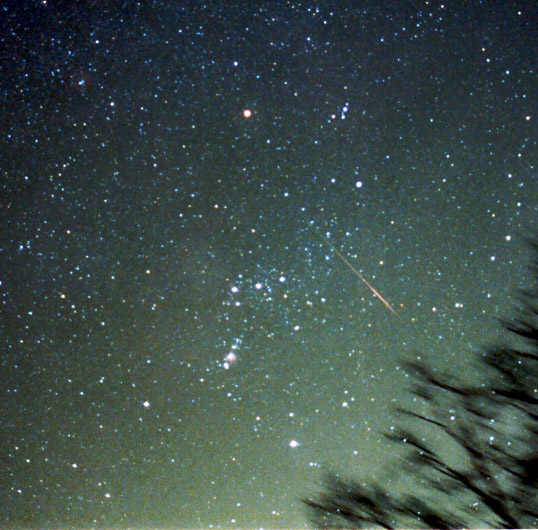
Tonight I observed Saturn and the Leonids from Wilbraham, MA. Below is a sampling of some of the photos I took during this session. The photos of Saturn were taken during the evening observing session, the Leonid photos were all in the morning session (3:10am - 5:15am). I took 391 photos of Saturn, I have to sort through the majority of them when I have time...



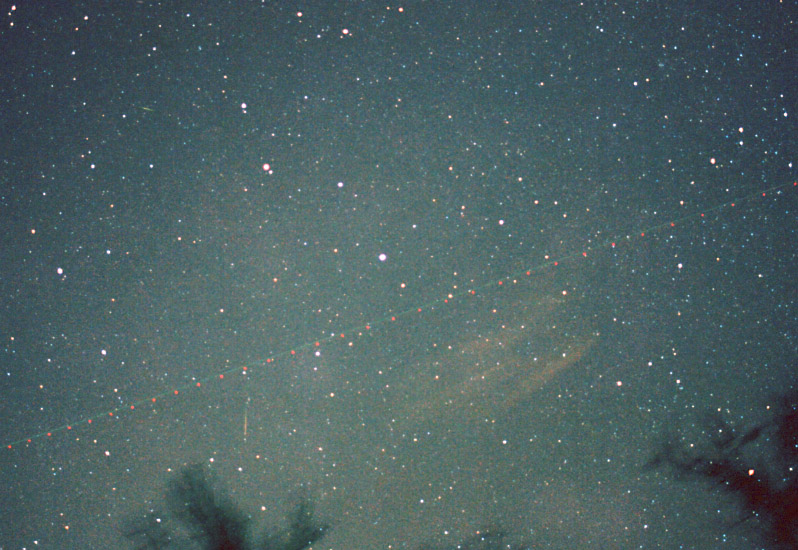
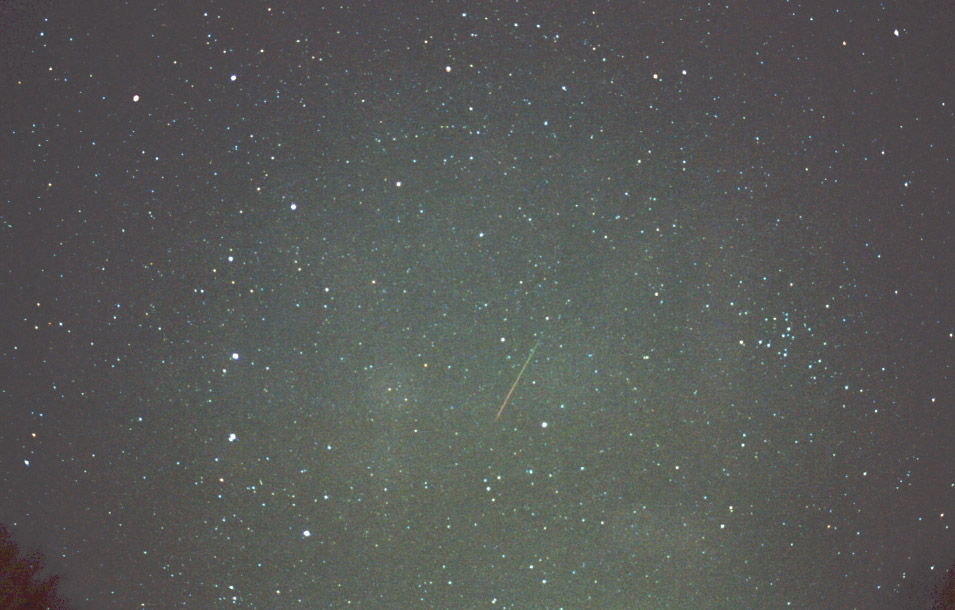
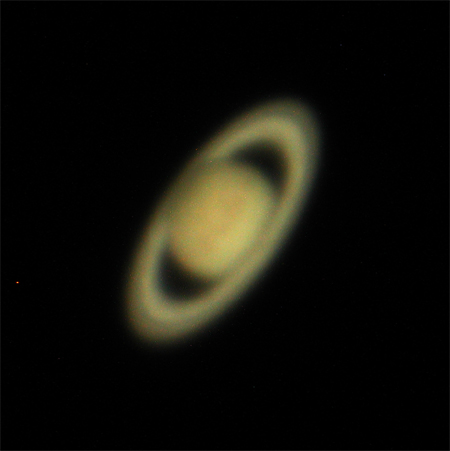
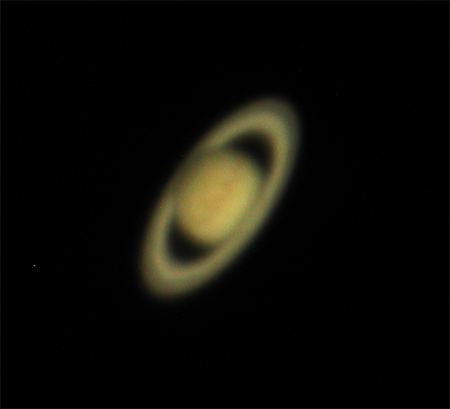
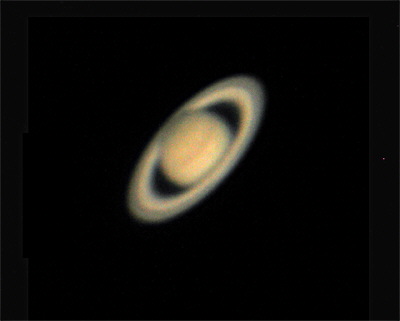
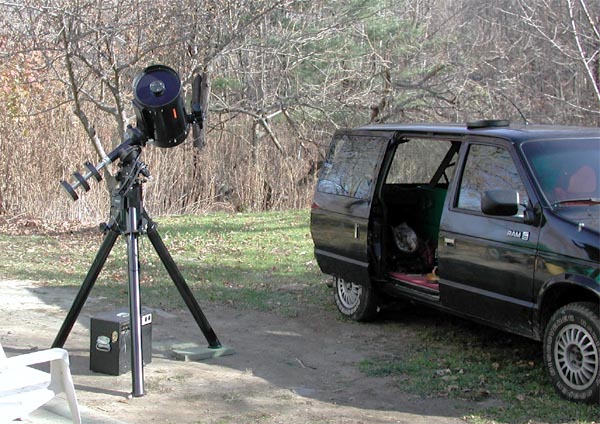
I set the scope up Saturday evening in preparation for the night's observing and photographing. The scope's main purpose was to serve as a guiding platform for the camera that was to take Leonid shots. The weather in the evening was not particularly great; there was significant high thin clouds in good portions of the sky. This seemed to dissipate as the night went on. In the evening I took 391 photos of Saturn (using the digital camera and the aid of an Orion Steadipix camera mount). The seeing was "ok" at best... not great, but I've seen a lot worse. I have yet to sort through the vast majority of these shots. I went to bed around 11pm and set the alarm for 3am...
By pure luck, the early morning happened to not only be clear, but it was one of the clearest and darkest nights I have seen in Wilbraham MA in many years. I was able to see (faintly) the Milky Way in Monoceros, something that is rarely possible from this location in 2001! The limiting magnitude was in the "high 5's" over the best parts of the sky. The air must have been abnormally clean and dry for this viewing condition. Overall the sky was actually quite good (for a change), suitable for deep sky photography in the "good" areas.
I did not do a "formal" meteor count, I just wanted to watch the show and try and get some photos. Tonight was my first try using Kodak MAX film, I really would have liked Royal Gold 1000, but Kodak has dropped this film. I figured the Kodak MAX would at minimum give "acceptable" results. Other than an apparent weak red sensitivity, this film appears to be decent enough (based on my results) for basic astrophotography. I wanted a fast film as meteors need to be fairly bright to be recorded.
While photographing, I was frustrated by meteors falling seemingly everywhere but where the camera was pointed! Even with a wide angle (28mm) lens, the amount of sky covered (for this purpose) is rather small. I saw many great Leonids, but managed to capture only a small fraction of them. I got one of about 5 or 6 very bright (Venus - like) Leonids on film! While I had the camera pointed over near Orion, bright Leonids were falling on the other side of the sky. I was taking 4 minute exposures for all shots. Once, in the time it took me to stop and start a new exposure (maybe 10 seconds), TWO bright Leonids went right by the camera field of view!!! When I switched the camera over towards Leo, I saw several bright ones in Orion! Typical!
When I went out shortly after 3am I saw two Leonids right off. The pace at that time was somewhat slow (maybe 3 or 4 per minute), most of them on the faint side. Later on, things picked up noticeably. At 4:45am give or take, things really stepped up. I at one time saw five Leonids at once, and there was a meteor every couple of seconds. It was difficult to watch them all because they were all over the sky. I saw most of the brighter ones around this time, and they were still quite bright despite the onset of twilight.
As a friend of mine stated, I would hesitate to call this year's Leonids a "storm", however it certainly without a doubt was the best meteor shower I have ever witnessed. The second best was the Persieds back in the mid 1970's. The show the Leonids put on in 2001 was quite remarkable and I will remember it always.
Use your browser's "back" button, or use links below if you arrived here via some other path:
This page is part of the site Amateur Astronomer's Notebook.
E-mail to Joe
Roberts
Images and HTML text © Copyright 1998 by Jo
e Roberts. Please request permission to use photos for purposes other than "personal use".